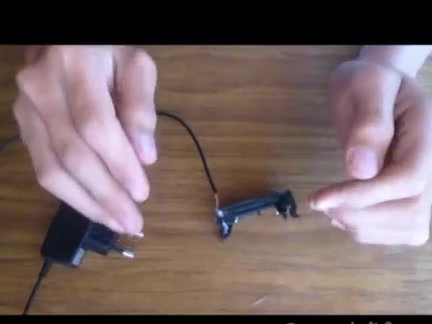
Each of us at home has devices that run on AA or AAA size batteries. In addition to using conventional batteries in technology, some prefer to use batteries that are charged through special charges. It is the batteries that help many save a lot of money by refusing to buy disposable batteries.
But charging for batteries is increasingly being sold by Chinese and therefore their service life is very short-lived. So what to do when you urgently need to recharge the batteries, and there’s no time to go shopping, looking for a charger?
There is an exit! Moreover, it is quite simple. You can make homemade simple charging for your batteries from the most common materials at hand. You don’t even need to go to the store for this.
In order to understand what is at stake, we suggest you watch the video:
To make a charge, we need to prepare:
- housing for inserting batteries;
- old phone charger;
- a knife;
- glue gun.
We begin to manufacture charging for batteries. We take the charger from the old phone, which should be designed for about 5 V. Cut off the tip of the part that connected to the phone and strip the wires.
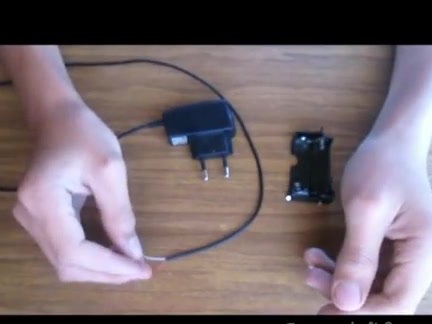

Determine the polarity of the wires using a tester.
The case for inserting batteries can be separated from any old children's toys that worked on batteries. We mark on it for ourselves where the “plus” will be located, and where the “minus” will be.
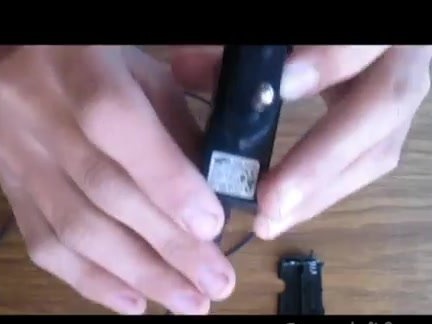
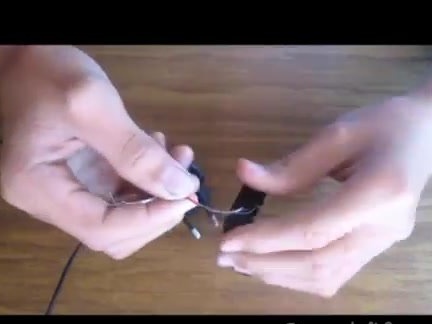
We connect the stripped wires from the old charger with the battery case. The wires are first screwed to the terminals and then secured with a glue gun or soldering iron. When connecting the charge to the case, you need to be careful not to reverse the polarity, otherwise the charge will not work.
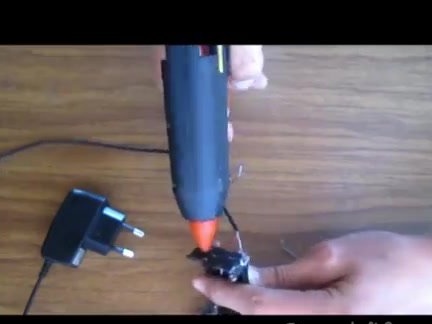
After applying the glue, you need to give it time to dry.
When the glue is completely dry, you can begin to test a homemade battery charger.
